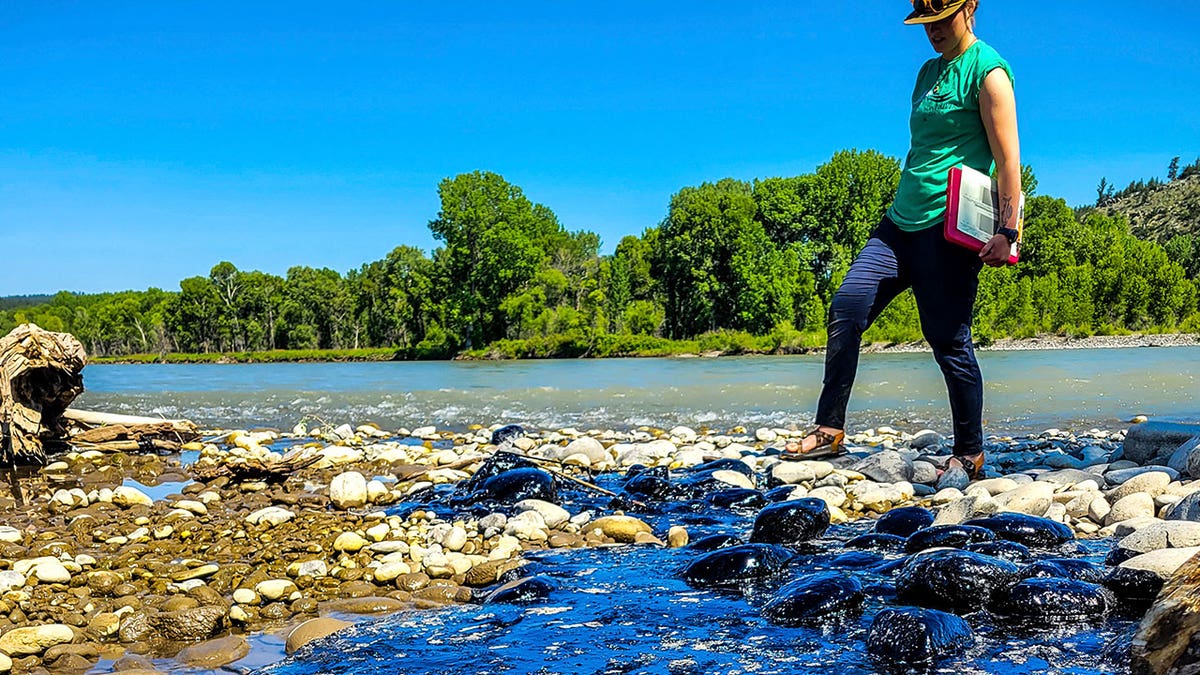Cleanup is underway on the Yellowstone River following a train derailment and bridge collapse on June 24th. The incident resulted in the release of asphalt binder and molten sulfur into the river. While the sulfur solidified as expected, the asphalt binder has proven more challenging to contain. Witnesses report seeing globs of the sticky substance clinging to rocks and sandbars downstream from Yellowstone National Park.
The Environmental Protection Agency (EPA) initiated cleanup efforts on Sunday, with workers employing a method of cooling the asphalt with river water, rolling it up, and bagging it for potential recycling. However, the adhesive nature of the material has made complete removal difficult.
The spill's impact on wildlife has already been observed. Alexis Bonogofsky, whose family ranch was affected by a 2011 Yellowstone River oil spill, documented the unfortunate demise of a bird trapped in the asphalt. She shared images on social media, highlighting the bird's struggle to free itself from the sticky substance.

Further downstream, Professor Kayhan Ostovar of the Yellowstone River Research Center at Rocky Mountain College observed the asphalt accumulating on riverbanks. His team, currently conducting turtle surveys, is providing GPS data of sensitive ecological areas near the affected zones. Turtles are considered especially vulnerable as they emerge from the water to nest and bask in the sun.
While initial reports indicated no threat to the public or downstream water supplies, the persistent nature of the asphalt binder has raised concerns. A sheen on the water and a noticeable odor have been reported. An additional release of asphalt occurred during the removal of a rail car on Friday, though it was deemed minimal.
The Montana Department of Environmental Quality, the EPA, and Montana Rail Link are collaborating on the cleanup. They've requested public assistance in reporting sightings of asphalt material and oiled wildlife. However, public response has been limited so far.
Bonogofsky expressed frustration over the perceived delay in the cleanup plan, emphasizing the known risks associated with train cargo in Montana and the lessons learned from the 2011 oil spill. She believes cleanup efforts could have been initiated concurrently with rail car removal.
While all rail cars are expected to be removed soon and irrigation access restored, the EPA acknowledges the difficulty of fully recovering spilled petroleum products and anticipates lasting environmental impacts. The cleanup process is also constrained by the presence of nesting eagles in the area.
Comments(0)
Top Comments